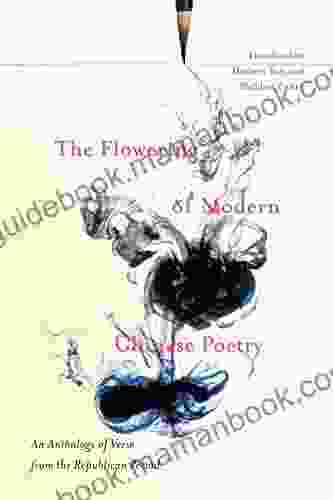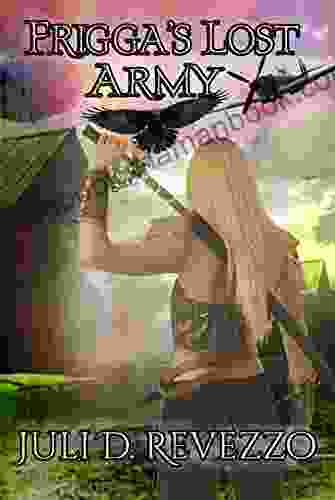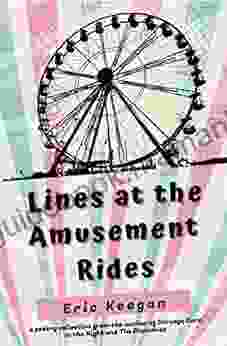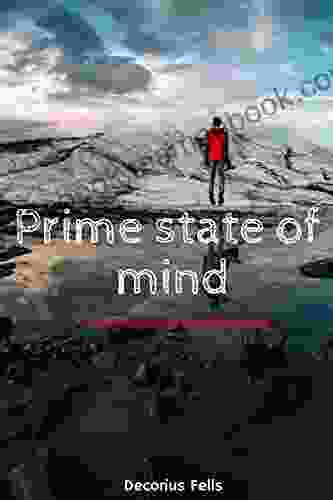How Did You Get Here? Exploring the Origins and Evolution of Human Life

From the Primeval Soup to the First Humans
The origins of life on Earth remain one of science's greatest mysteries, but scientists have pieced together a remarkable tale from the available evidence. Approximately 3.5 billion years ago, the Earth was a volcanic, oxygen-poor planet with a life-nurturing soup of organic molecules. Within this primordial broth, simple cells formed, capable of reproducing and evolving.
4.1 out of 5
| Language | : | English |
| File size | : | 742 KB |
| Text-to-Speech | : | Enabled |
| Enhanced typesetting | : | Enabled |
| Word Wise | : | Enabled |
| Screen Reader | : | Supported |
| Print length | : | 266 pages |
| X-Ray for textbooks | : | Enabled |
Over millions of years, these early cells evolved into more complex organisms, including single-celled eukaryotes, which possess a nucleus and other organelles. Around 540 million years ago, the Cambrian explosion marked an extraordinary diversification of life, with the emergence of a vast array of multicellular organisms, including the ancestors of all animals, plants, and fungi.
The Hominin Lineage: Our Evolutionary Ancestry
The story of human evolution begins with the emergence of the hominins, a group of primates that includes modern humans and our extinct ancestors. The earliest known hominin, Sahelanthropus tchadensis, lived in Africa around 7 million years ago. This bipedal creature possessed a combination of human-like and ape-like features, signaling the beginning of our distinct evolutionary trajectory.
Over the millennia, hominins evolved into a diverse array of species, including Australopithecus afarensis (Lucy),Paranthropus boisei, and Homo erectus. Each species exhibited unique adaptations to their respective environments, such as increased brain size, toolmaking abilities, and dietary changes.
Homo Sapiens: The Triumphant Species
Approximately 200,000 years ago, a new species emerged in Africa: Homo sapiens, the modern human. Our species possessed a remarkable combination of intelligence, adaptability, and social cooperation that enabled us to outcompete other hominin species and spread throughout the globe.
Homo sapiens evolved rapidly, undergoing physical and genetic changes that enhanced our survival in diverse environments. We developed a larger brain, capable of complex thought and planning. We became adept at toolmaking, hunting, and food processing, which allowed us to exploit a wider range of resources.
Natural Selection: The Driving Force of Evolution
The theory of natural selection, proposed by Charles Darwin, provides a framework for understanding the mechanisms driving evolution. According to this theory, individuals with traits that enhance their survival and reproductive success are more likely to pass those traits on to their offspring.
Over many generations, this process leads to the accumulation of favorable traits within a population, resulting in the gradual evolution of new species. In the case of humans, natural selection has shaped our anatomy, physiology, and behavior to suit a wide range of environments and challenges.
Genetic Diversity and Migration: The Seeds of Human Variety
As Homo sapiens migrated from Africa to other continents, they encountered diverse environments and populations. This led to the development of distinct genetic adaptations and cultural practices within different human groups.
Genetic diversity, the variation of genetic traits within a population, played a crucial role in human adaptation. It allowed populations to respond to local conditions, such as susceptibility to diseases, dietary preferences, and physical characteristics. Migration and interbreeding between different populations further increased this genetic diversity.
Civilizations and Technology: Our Defining Innovations
The development of civilizations and technology marked a transformative chapter in human history. Agriculture allowed humans to transition from a nomadic lifestyle to settled societies with complex social structures. Writing systems, pottery, and metallurgy revolutionized communication, art, and warfare.
In recent centuries, the Industrial Revolution and subsequent technological advancements have propelled human civilization forward at an unprecedented pace. Transportation, medicine, and communication technologies have connected the world, improved living standards, and raised new questions about our future.
: The Ever-Evolving Tapestry of Human Existence
The journey of human evolution is an ongoing narrative, shaped by the interplay of genetics, environment, and social forces. From our humble origins in the primordial soup to our present-day technological achievements, the human story is one of resilience, adaptation, and unwavering curiosity.
As we continue to explore the vastness of the universe and the complexities of our own existence, the question of "How Did You Get Here?" remains a poignant reminder of the extraordinary journey that has brought us to this moment.
4.1 out of 5
| Language | : | English |
| File size | : | 742 KB |
| Text-to-Speech | : | Enabled |
| Enhanced typesetting | : | Enabled |
| Word Wise | : | Enabled |
| Screen Reader | : | Supported |
| Print length | : | 266 pages |
| X-Ray for textbooks | : | Enabled |
Do you want to contribute by writing guest posts on this blog?
Please contact us and send us a resume of previous articles that you have written.
 Top Book
Top Book Novel
Novel Fiction
Fiction Nonfiction
Nonfiction Literature
Literature Paperback
Paperback Hardcover
Hardcover E-book
E-book Audiobook
Audiobook Bestseller
Bestseller Classic
Classic Mystery
Mystery Thriller
Thriller Romance
Romance Fantasy
Fantasy Science Fiction
Science Fiction Biography
Biography Memoir
Memoir Autobiography
Autobiography Poetry
Poetry Drama
Drama Historical Fiction
Historical Fiction Self-help
Self-help Young Adult
Young Adult Childrens Books
Childrens Books Graphic Novel
Graphic Novel Anthology
Anthology Series
Series Encyclopedia
Encyclopedia Reference
Reference Guidebook
Guidebook Textbook
Textbook Workbook
Workbook Journal
Journal Diary
Diary Manuscript
Manuscript Folio
Folio Pulp Fiction
Pulp Fiction Short Stories
Short Stories Fairy Tales
Fairy Tales Fables
Fables Mythology
Mythology Philosophy
Philosophy Religion
Religion Spirituality
Spirituality Essays
Essays Critique
Critique Commentary
Commentary Glossary
Glossary Bibliography
Bibliography Index
Index Table of Contents
Table of Contents Preface
Preface Introduction
Introduction Foreword
Foreword Afterword
Afterword Appendices
Appendices Annotations
Annotations Footnotes
Footnotes Epilogue
Epilogue Prologue
Prologue Edward P Jones
Edward P Jones Jed Mackay
Jed Mackay U W Leo
U W Leo Karsten Knight
Karsten Knight S Kay Gandy
S Kay Gandy John Gregorek
John Gregorek Timothy Collins
Timothy Collins William C Robertson
William C Robertson The Tudor Travel Guide
The Tudor Travel Guide Michael Burger
Michael Burger Shanna Delaney
Shanna Delaney Katherine Mader
Katherine Mader Running Press
Running Press Brad Thor
Brad Thor Wesley Freeman
Wesley Freeman Roberta Edwards
Roberta Edwards Hope Mirrlees
Hope Mirrlees The Medieval Murderers
The Medieval Murderers Robert Glazer
Robert Glazer Thomas Nelson Page
Thomas Nelson Page
Light bulbAdvertise smarter! Our strategic ad space ensures maximum exposure. Reserve your spot today!
 Amir SimmonsFollow ·14.7k
Amir SimmonsFollow ·14.7k Mitch FosterFollow ·6.5k
Mitch FosterFollow ·6.5k Abe MitchellFollow ·7.7k
Abe MitchellFollow ·7.7k Harvey BellFollow ·6.1k
Harvey BellFollow ·6.1k Ralph Waldo EmersonFollow ·15.1k
Ralph Waldo EmersonFollow ·15.1k Lord ByronFollow ·18.3k
Lord ByronFollow ·18.3k John GrishamFollow ·2.4k
John GrishamFollow ·2.4k Beau CarterFollow ·10.2k
Beau CarterFollow ·10.2k
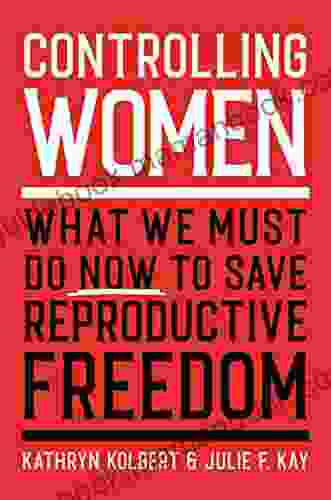
 Leslie Carter
Leslie CarterWhat We Must Do Now To Save Reproductive Freedom
Roe v. Wade, the landmark...

 Cade Simmons
Cade SimmonsThe Unbreakable Bond: Unveiling the Connection Between...
In the realm of...
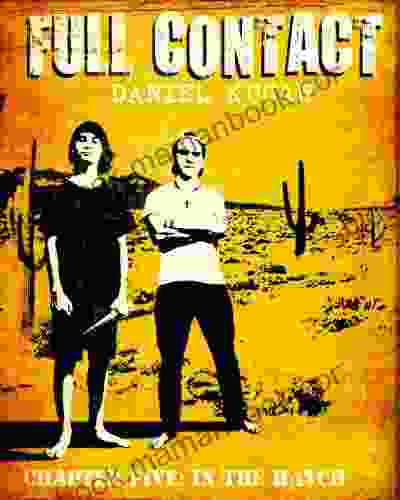
 Roy Bell
Roy BellFull Contact Chapter Five: The Final Chapter of the Hatch...
In this gripping to the Hatch saga, we...
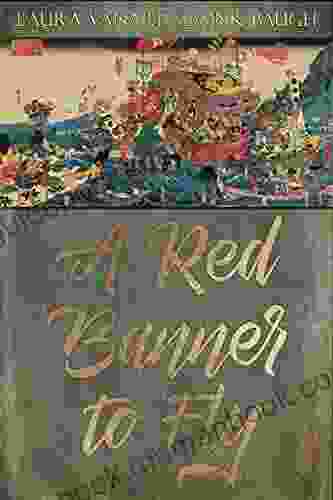
 Fred Foster
Fred FosterUnveiling the Tale of the Genpei Wars: A Comprehensive...
Deep within the annals of Japanese history,...
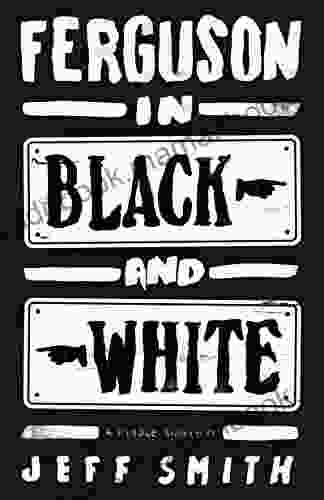
 Jaden Cox
Jaden CoxFerguson in Black and White: A Profound Examination of...
The Ferguson tragedy, sparked by the fatal...
4.1 out of 5
| Language | : | English |
| File size | : | 742 KB |
| Text-to-Speech | : | Enabled |
| Enhanced typesetting | : | Enabled |
| Word Wise | : | Enabled |
| Screen Reader | : | Supported |
| Print length | : | 266 pages |
| X-Ray for textbooks | : | Enabled |



